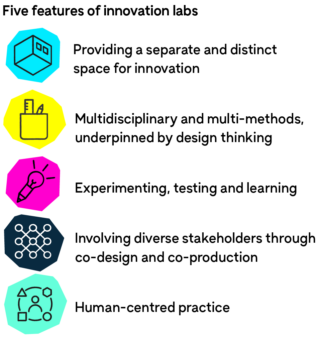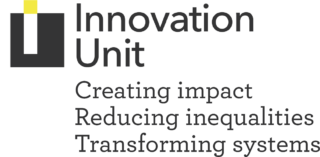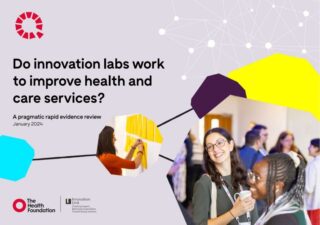Social innovation labs are innovative spaces, that encourage creative thinking and experimentation. They involve diverse stakeholders to understand and address complex problems.
Labs take a systemic approach to tackling these problems. Their approaches are often underpinned by design thinking, while also bringing in ideas and methods from other disciplines. Most often, they work at the early stages of idea generation and testing, rather than implementing ideas at scale.
While there isn’t a shared definition or approach that all labs use, our evidence review highlights five features they share.

Labs are successful at generating innovative solutions, creating connections between stakeholders, and developing participants’ skills and capabilities. They bring stakeholders together in dedicated spaces to build innovation skills, capabilities, and mindsets. To be successful, labs need to be part of a wider improvement and innovation ecosystem and be strategic in how they influence change.
Our evidence review, undertaken by Innovation Unit, explores how labs can achieve greater impact. To be successful, labs need to be part of a wider improvement and innovation ecosystem, connecting pockets of innovation and building on existing assets. Additionally, labs can do more to develop shared metrics and impact frameworks, to build an understanding of when and how they are most effective.
Using insights from interviews with leading practitioners we highlight where we can maximise the potential for innovation labs in the future. The findings will support those commissioning and leading innovation labs. They are also relevant for anyone interested in how improvement and innovation initiatives can coexist to achieve greater systemic change.
The review sets out:
- shared features that define innovation labs
- main ways that labs contribute to positive change
- tensions and trade-offs in the development and delivery of innovation labs
- practical insights for how to maximise labs’ potential impact in the future.

